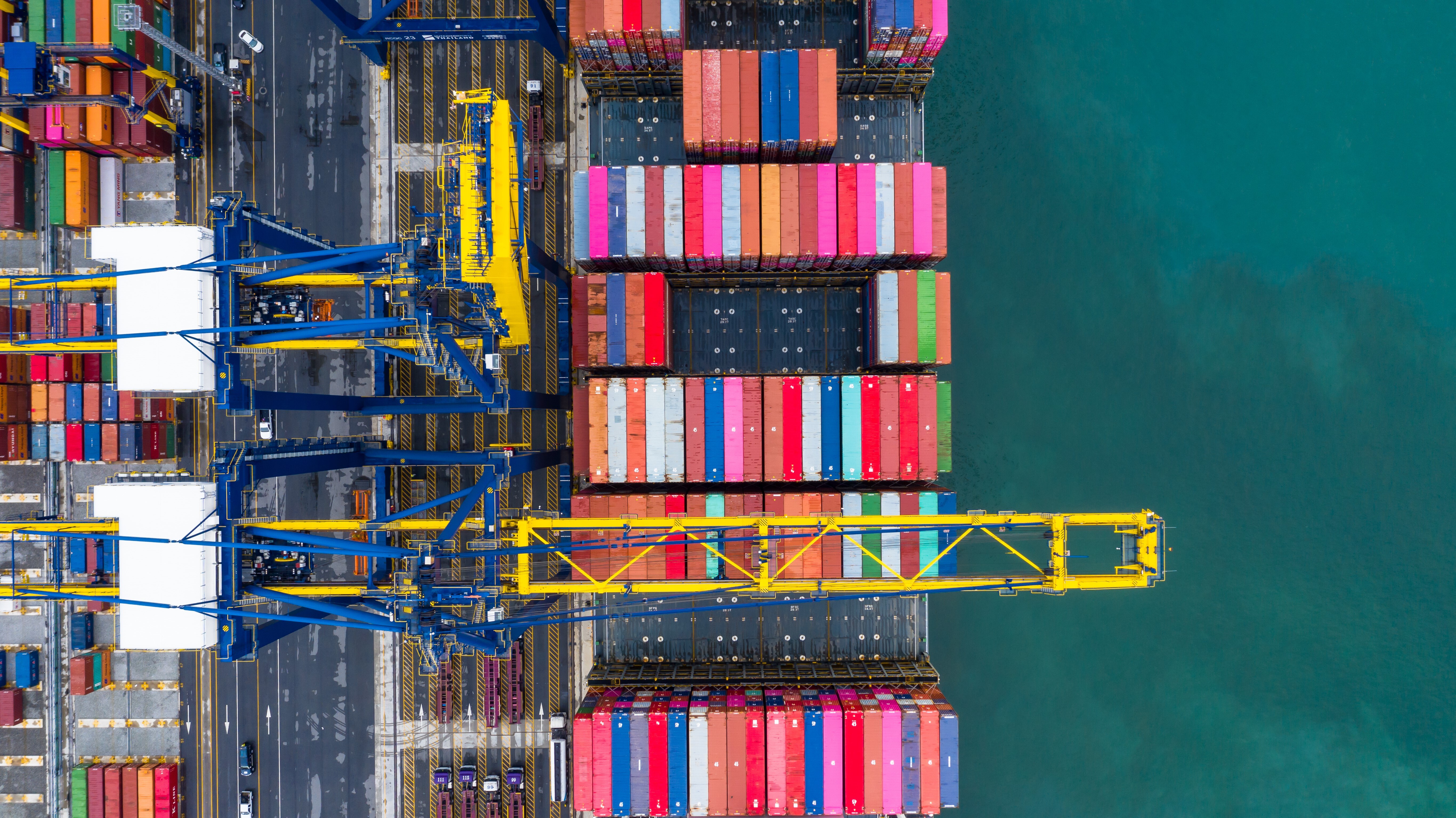US steel and aluminium tariffs: how will they impact China's aluminium exports?
On February 10 local time, US President Donald Trump signed an executive order announcing a 25 per cent tariff on all aluminium and steel imports to the US. Trump also stated on the same day that the policy would have ‘no exceptions or exemptions’ and that tariffs on automobiles, chips, and pharmaceuticals would be considered in the future.

The announcement of this tax policy caused a stir in the market. In addition to concerns about major US importers such as Canada and Mexico (related analysis available at https://mp.weixin.qq.com/s/k679JjmWKeE7DZ-Py9XLQA), there was significant attention on its impact on Chinese exports.
First, China's direct aluminium semis exports to the US:
According to data from the General Administration of Customs, China's aluminium semis exports to the US in 2024 totalled approximately 257,000 tonnes, up 7 per cent Y-o-Y. China's total annual aluminium semis exports in 2024 reached 6.303 million tonnes, up 19.2 per cent Y-o-Y. In terms of proportion, China's direct exports to the US accounted for only about 4.1 per cent of the total. Therefore, the volume of China's aluminium semis directly exported to the US is limited, and its impact on China's overall annual export volume is minimal.
Second, China's direct aluminium product exports to the US:
According to customs data, China's aluminium product exports to the US in 2024 totalled 524,000 tonnes, up 17.3 per cent Y-o-Y. China's total aluminium product exports in 2024 reached 3.205 million tonnes, up 17.3 per cent Y-o-Y. In terms of proportion, China's direct exports to the US accounted for 16.5 per cent. Compared to aluminium semis, aluminium product exports to the US have a greater impact on China's overall exports. However, from a global demand perspective, there are still many alternative overseas markets besides the US. Coupled with the advantages of competitive pricing and the price spread between domestic and overseas markets, China's capacity remains highly competitive.
Additionally, SMM has learned that domestic enterprises have not expressed significant negative feedback on this policy. They indicated that in the short term, changes in tax policy may require renegotiation of processing fees, and order volumes may slightly decline. However, in the long term, the US's domestic capacity is unlikely to meet its demand, and new capacity will take time to develop. As a result, the demand for aluminium products imported from China and other regions will persist, which may ultimately drive up aluminium prices in the US and increase procurement costs for US end-users.
Furthermore, China's direct aluminium semis exports to Mexico and Canada:
According to customs data, China's aluminium semis exports to Mexico and Canada in 2024 totalled 885,000 tonnes, up 24.4 per cent YoY. China's total annual aluminium semis exports in 2024 reached 6.303 million tonnes, up 19.2 per cent Y-o-Y. In terms of proportion, China's direct exports to Mexico and Canada accounted for 14.06 per cent in 2024. The 25 per cent tariff, which Trump stated would have "no exceptions or exemptions," significantly impacts Canada and Mexico as major aluminium semis suppliers. The increased tariffs will lead to higher costs for US end-users, potentially reducing US aluminium demand. This could weaken export volumes from Canada and Mexico, indirectly affecting demand for Chinese aluminium semis.
Source: SMM
This news is also available on our App 'AlCircle News' Android | iOS














.png/0/0)







